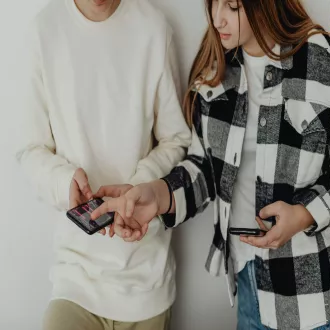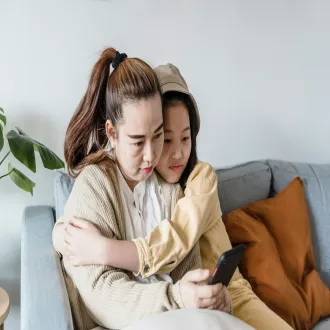Transcription Avoiding dependency and codependency
The Illusion of the "Better Half"
One of the most damaging beliefs that can undermine the health of a relationship is the idea that we need another person to be "complete."
This leads to dynamics of dependency and codependency, where security and a sense of worth are sought outside of oneself, in the other person.
Dependency
Giving Up Personal Power: A dependent relationship occurs when one person feels they cannot live or be happy without the other.
They give up their power, responsibility, and autonomy, expecting the other person to meet all their emotional needs.
This creates an unsustainable burden for the other party and a situation of deep insecurity for the dependent person, whose happiness hangs by an external thread.
Codependency
A Mutual Insecurity Pact: Codependency is even more complex.
It's a dynamic in which two dependent people "hook" on each other.
Each needs the other to feel validated, secure, or needed.
Often, one person assumes the role of "savior" and the other the "needy," but in reality, both are trapped in a cycle of shared insecurity.
These relationships can be extremely difficult to break, as the idea of separation feels like a threat to one's very existence.
Autonomy as the Basis of a Healthy Relationship
Emotional intelligence teaches us that the foundation for a healthy relationship is not fusion, but a
avoiding dependency and codependency




